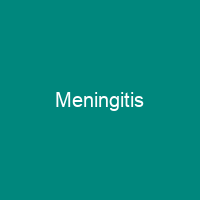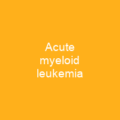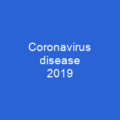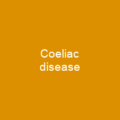Meningitis is an acute inflammation of the protective membranes covering the brain and spinal cord. Young children often exhibit only nonspecific symptoms, such as irritability, drowsiness, or poor feeding. Meningitis can lead to serious long-term consequences such as deafness, epilepsy, hydrocephalus, or cognitive deficits, especially if not treated quickly.
About Meningitis in brief

The rash consists of numerous small, irregular purple or red spots on the trunk, lower extremities and mucous membranes, including on the palms of the hands or soles of the feet. In adults, the most common symptom is a severe headache, occurring in almost 90% of cases of bacterialMeningitis, followed by neck stiffness. In a person with a positive Kernigs sign, pain limits passive extension of the knee. A positive Brudzinski’s sign occurs when flexion of the neck causes involuntary flexion of the hip and hip. Other symptoms can include nausea, vomiting, and inability to tolerate light or loud noises. If a rash is present, it may indicate a particular cause of meningococcal bacteria may be accompanied by a characteristic rash. The inflammation may be caused by infection with viruses, bacteria, or other microorganisms, and less commonly by certain drugs. Giving antibiotics to people with significant exposure to certain types of meneritis may also be useful. The first treatment in acute Meningitis consists of promptly giving antibiotics and sometimes antiviral drugs. Corticosteroids can also be used to prevent complications from excessive inflammation. Outbreaks of bacterial meningitis occur between December and June each year in an area of sub-Saharan Africa known as the meningita belt.
You want to know more about Meningitis?
This page is based on the article Meningitis published in Wikipedia (as of Dec. 03, 2020) and was automatically summarized using artificial intelligence.







